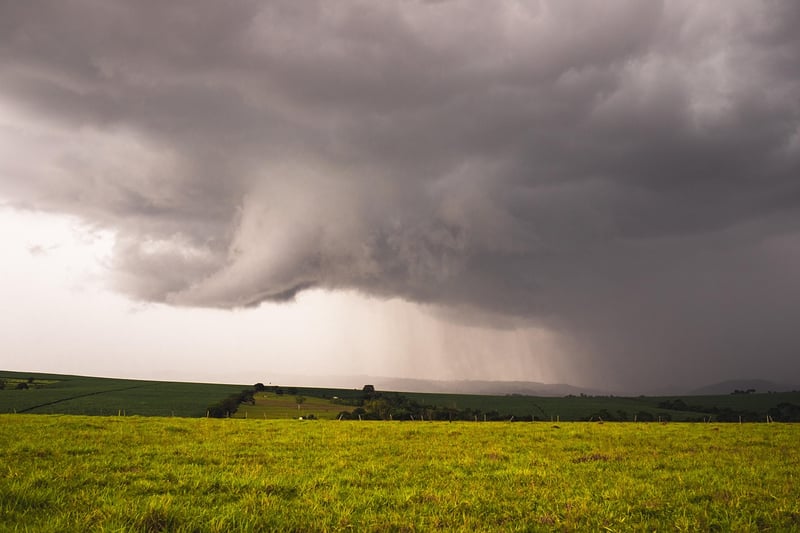Temporal Pathfinding
Navigate Temporal Landscapes with Temporal Pathfinding

Exploring temporal landscapes can be an intriguing journey filled with historical wonders and futuristic possibilities. Just like navigating physical terrains, understanding how to traverse these temporal landscapes efficiently is crucial. This is where temporal pathfinding comes into play.
What is Temporal Pathfinding?
Temporal pathfinding is the process of finding the most efficient route through time, allowing individuals to navigate different historical eras or future timelines. It involves understanding the interconnectedness of events, identifying key temporal markers, and charting a course that optimizes the journey through time.
Benefits of Temporal Pathfinding
- Gain insights into historical events and their impact on the present.
- Explore potential future scenarios and make informed decisions.
- Enhance strategic planning by understanding the consequences of past actions.
- Develop a deeper appreciation for the complexities of time and its influence on society.
How to Navigate Temporal Landscapes
- Research: Start by researching different historical periods or future projections to gain a comprehensive understanding of the temporal landscape.
- Identify Key Events: Pinpoint crucial events that serve as milestones in the timeline you wish to navigate.
- Connect the Dots: Establish connections between events to create a cohesive temporal path.
- Plan Your Journey: Chart a course that aligns with your objectives, whether it's learning from the past or preparing for the future.
- Adapt and Learn: Be flexible in your approach and embrace new insights gained during your temporal journey.
By mastering temporal pathfinding, individuals can unlock a new dimension of exploration and understanding, transcending traditional boundaries of time. So, embark on your temporal journey today and discover the richness of history and the endless possibilities of the future.

